Last updated on March 21st, 2023
- What Does Trout Taste Like: Unraveling the Flavor Mysteries - August 2, 2023
- Best Fishing Bibs Tested & Reviewed: Buyer’s Guide - July 19, 2023
- Fishing for Whiskers: Best Bait for Catfish - July 12, 2023
Can you eat barracuda? It’s a question that many anglers and recreational fishermen ask. Barracuda are known for their fierce fighting capabilities, but what about eating them? What does Barracuda taste like to have one of these predatory fish on your plate? Is it safe to consume raw barracuda or should you cook it first? We’ll dive deep to determine whether it’s safe to consume raw barracuda, addressing all the queries related to this fish. From where they live, to how they taste, recipes for cooking them up right – this article has everything you need.
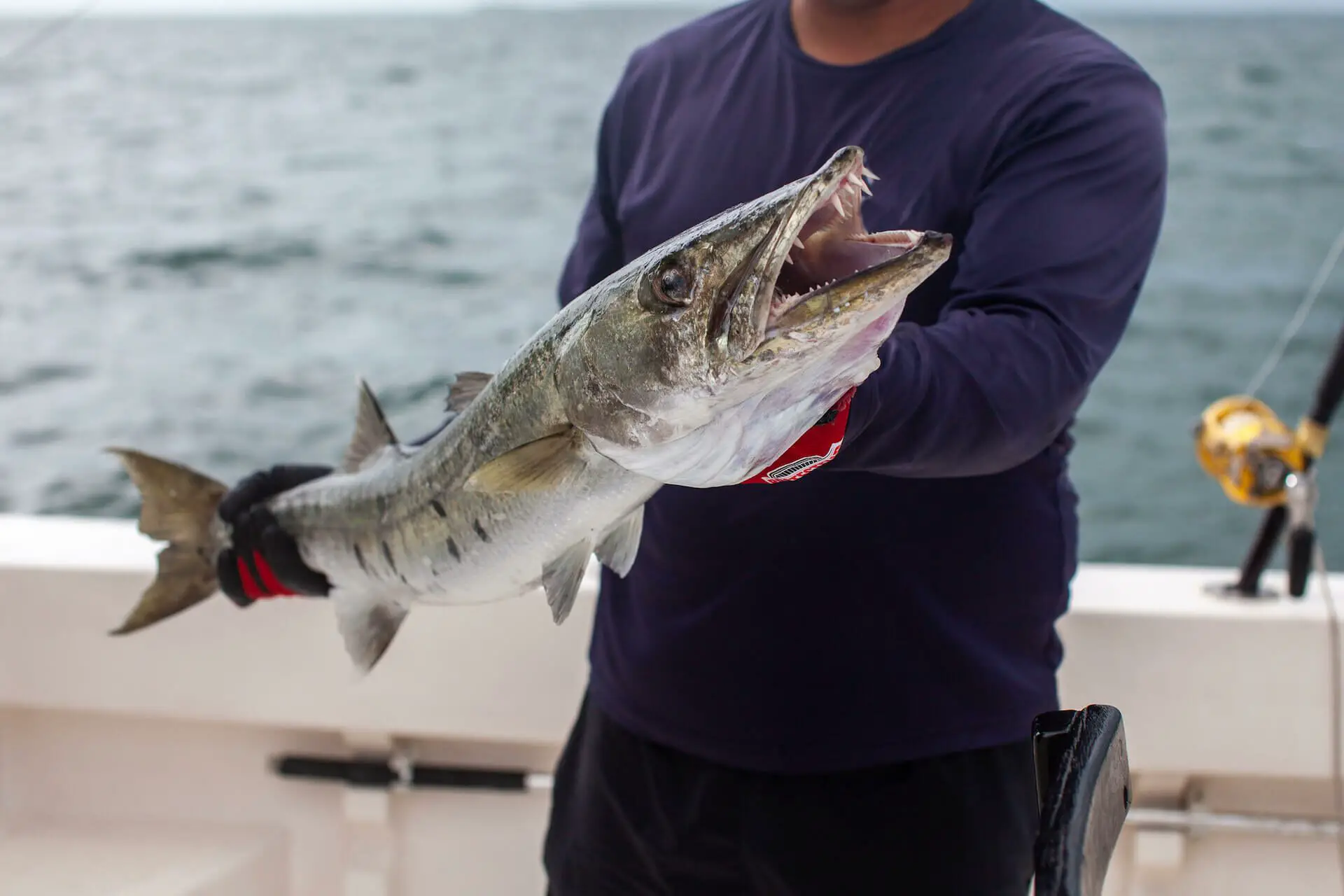

Table of Contents:
- Where do Barracuda Live?
- What Does Barracuda Taste Like?
- Is it Safe to Eat Raw Barracuda?
- Recipes for Cooking Barracuda
- FAQs
- Conclusion
Where do Barracuda Live?
Barracudas are predatory aquatic creatures that can be seen in temperate and tropical marine habitats worldwide. Barracuda inhabit various marine locations, such as coastal areas of oceans, estuaries, bays, lagoons, coral reefs and mangrove swamps. Barracuda have an impressive range and can be found in warm seas from North America to South Africa.
Habitat of Barracuda
Barracuda prefer warm waters with plenty of hiding places such as rocks or coral reefs where they can ambush their prey. They typically live near the surface but will also venture into deeper water for food or shelter when necessary. Barracuda mainly prey on smaller fish and crustaceans, but they will also take advantage of squid or octopus if available.
Barracuda are widely distributed across the globe, from North America’s Gulf Coast to South Africa’s Red Sea. Concentrations of these predators can be found near islands with abundant food sources such as Mexico’s Yucatan Peninsula and Hawaii’s Big Island. Some populations of barracuda will travel great distances between spawning grounds during certain times of the year, while others remain relatively stationary throughout the year depending on their location. However, all populations tend to favor warmer temperatures and are most active when ocean temperatures reach peak levels in the summer months. Fishers should consult fishing forecasts prior to embarking on an excursion.
Barracuda inhabit seas across the globe, from tropical to temperate regions. With this knowledge of their habitat, let us now explore what barracuda tastes like when cooked.
Key Takeaway: Barracudas, a predatory fish species found in many tropical and subtropical waters, thrive when ocean temperatures are at their highest during summer. They prefer warm water with plenty of hiding places like rocks or coral reefs to ambush their prey, which consists mainly of small fish and crustaceans. Anglers should stay up-to-date on local fishing reports before heading out as barracudas tend to be most active when ocean temperatures reach peak levels during the summer months.
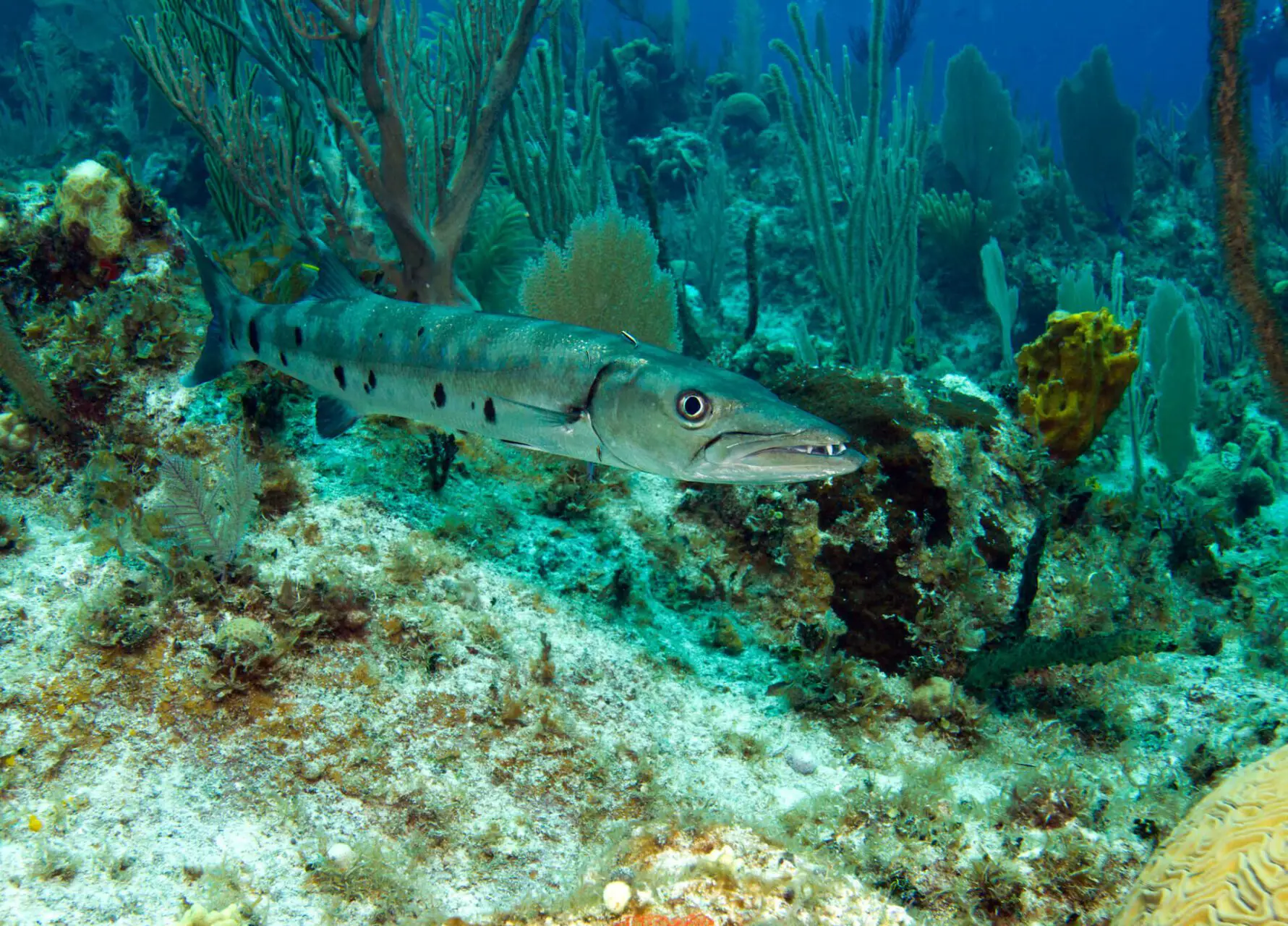

What Does Barracuda Taste Like?
Barracuda is a mild-tasting fish with a delicate texture. Its flavor has been said to possess a sweet essence, with tinges of cucumber and melon. Cooking barracuda correctly yields a light, flaky texture that makes it ideal for baking or grilling. To get the most out of barracuda’s flavor profile, it should be prepared correctly to ensure that the flesh remains tender and juicy.
When preparing barracuda for cooking, make sure to remove any skin or scales before cooking. This will help prevent any off flavors from developing in the finished dish. It’s also important to season the fish generously with salt and pepper prior to cooking; this helps bring out its natural sweetness while adding depth of flavor. When grilling or pan-frying barracuda fillets, keep an eye on them so they don’t overcook; they are best served slightly underdone since their delicate texture can become dry if left on too long.
For baking barracuda fillets, use aromatics such as garlic cloves or lemon slices to add complexity without overpowering the subtle taste of the fish itself. Place these ingredients directly onto each fillet before wrapping them in foil packets (or parchment paper) along with butter or olive oil for added moisture during baking time – this will help keep your barracuda moist throughout cooking. Baked at 350°F until opaque throughout (about 10 minutes), your baked barracuda will come out perfectly succulent every time.
For those looking for something extra special when serving up their freshly caught barracudas, try topping them off with a flavorful sauce like pesto or salsa verde. These sauces pair especially well with grilled seafood dishes such as ceviche and seared scallops, but also work great as toppings for roasted veggies. No matter how you decide to prepare your catch-of-the day meal featuring delicious Barracudas – just remember that simple preparations go a long way towards bringing out all its natural goodness.
Barracuda has a mild flavor with subtle sweetness and is best enjoyed when cooked properly. Moving on, it’s important to understand the health risks associated with eating raw fish before indulging in this delicacy.
Key Takeaway: Barracuda has a mild flavor and pleasing texture, making it an ideal fish for a range of culinary preparations. To bring out its natural sweetness, it should be seasoned generously prior to cooking; when baking or grilling barracudas, adding aromatics like garlic cloves or lemon slices will really up the flavor ante. For something extra special try topping your finished dish off with some pesto sauce or salsa verde – guaranteed to make your catch-of-the day meal one you won’t soon forget.
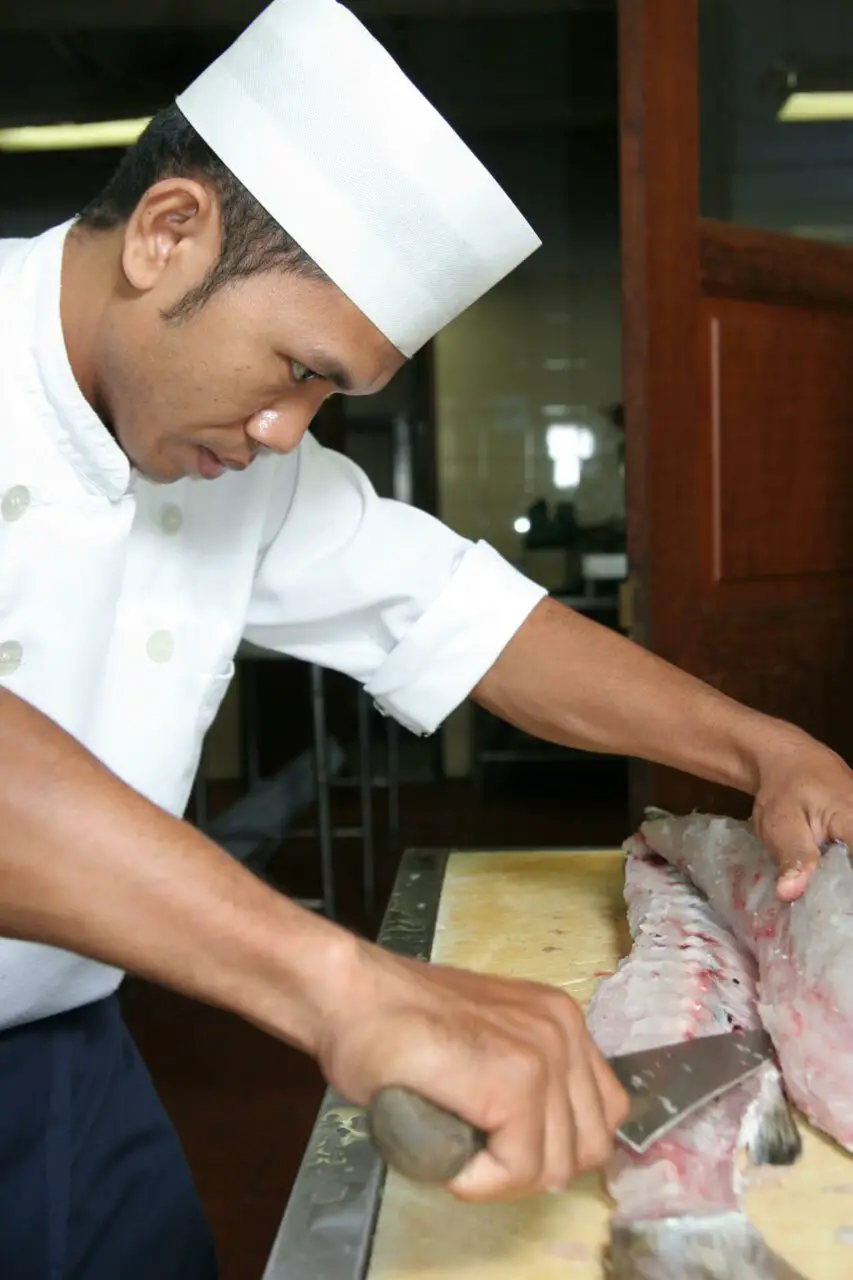

Can You Eat a Barracuda Raw?
Eating raw fish can be a risky endeavor, and barracuda is no exception. While the flavor profile of this popular gamefish may entice some anglers to try it uncooked, there are several health risks associated with eating raw barracuda that should be considered first.
Health Risks Associated with Eating Raw Fish
Consuming raw or undercooked fish can increase your risk of contracting foodborne illnesses such as salmonella and E. coli due to the presence of harmful bacteria in the flesh. In addition, certain parasites found in many species of saltwater fish—including barracuda—can cause serious health issues if ingested while they’re still alive inside the fish’s body cavity.
Parasites Found in Raw Fish
Anisakis simplex is one such parasite commonly found in saltwater fishes like barracuda, which can cause severe abdominal pain and vomiting when consumed alive by humans. A second parasite regularly encountered in these types of fish is Diphyllobothrium latum, which can cause anemia and a lack of vitamin B12 if left untreated for too long after ingestion.
Overall, it is important to be aware of the potential health risks associated with eating raw barracuda. Therefore, to ensure safe consumption of this fish, it should be properly prepared and cooked before eating. Moving on from safety concerns about eating raw barracuda, let’s explore some recipes for cooking this tasty fish.
Key Takeaway: Consuming raw barracuda can put one at risk of contracting foodborne illnesses, as well as parasites such as Anisakis simplex and Diphyllobothrium latum which can cause severe health issues if left untreated. Eating this fish uncooked is not recommended due to the potential dangers involved.
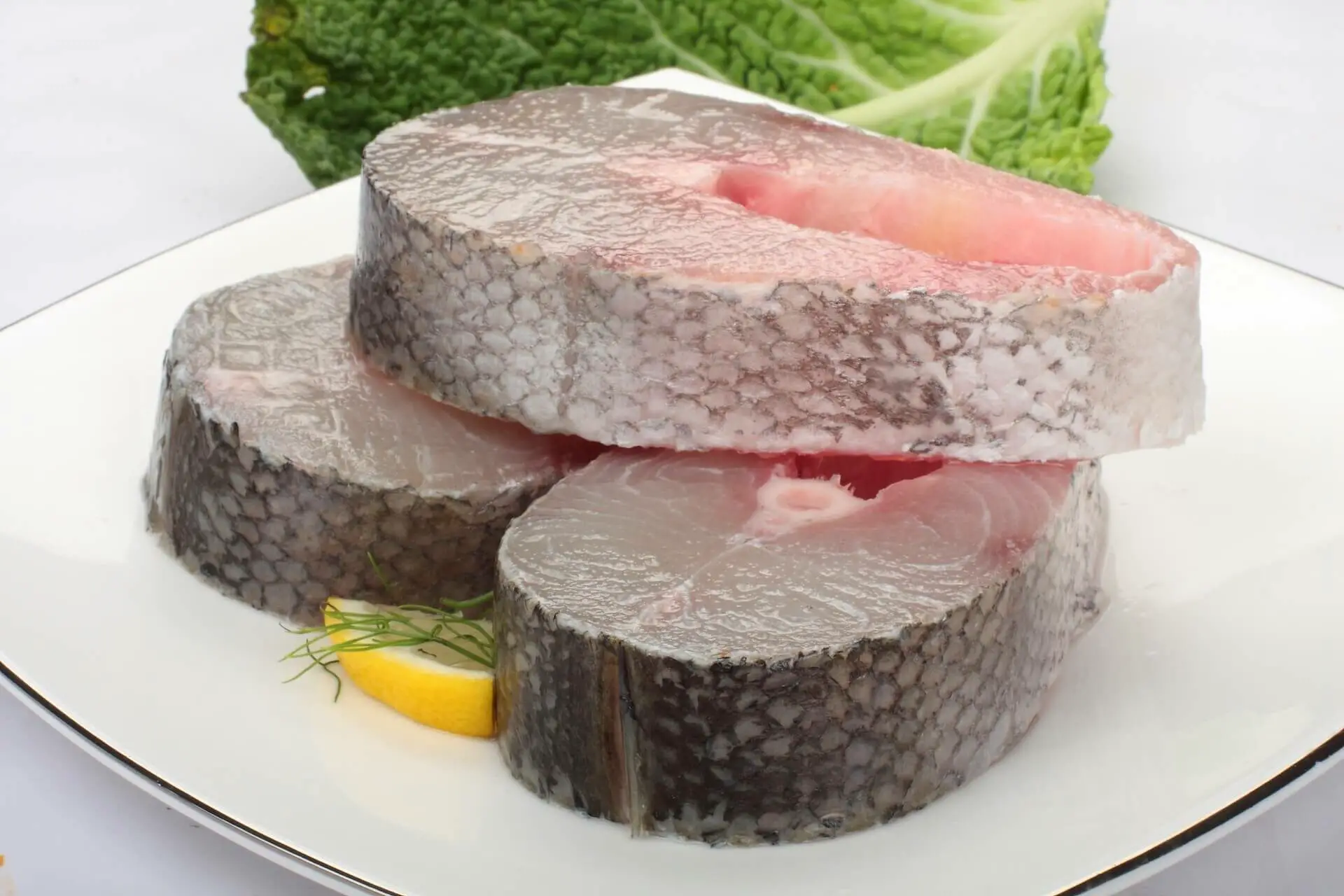

Recipes for Cooking Barracuda
Grilled Barracuda with lemon and herbs is a delicious way to prepare barracuda. This dish is packed with flavour despite its ease of preparation. Marinate the barracuda in olive oil, garlic, lemon juice, salt and pepper for an hour prior to grilling for a flavorful meal. Heat the grill to medium-high and oil the grate for a flavorful cooking experience. Place the barracuda fillets on the hot grill and cook for 4-5 minutes per side or until cooked through. Serve with a spritz of lemon juice and some finely chopped herbs like parsley or basil for an extra tasty touch.
Combine minced garlic, chopped parsley, butter or olive oil in a bowl to form a paste-like texture; season with salt and pepper. Slather the mixture onto both sides of each barracuda fillet then place them on a baking sheet prepped with parchment paper or foil sprayed lightly with nonstick cooking spray. Pop in the oven at 375°F (190°C) for 15-20 minutes depending on thickness of fillets until they reach their flaky peak but still remain succulent when probed gently near center of each piece using fork tines – take care not to overcook.
Key Takeaway: Grilling barracuda with lemon and herbs is a delicious way to prepare this fish. Marinate the barracuda in oil, garlic, lemon juice, salt and pepper for added flavor before grilling on medium-high heat for 4-5 minutes per side. Finish by topping with fresh herbs such as parsley or basil for added flavor.
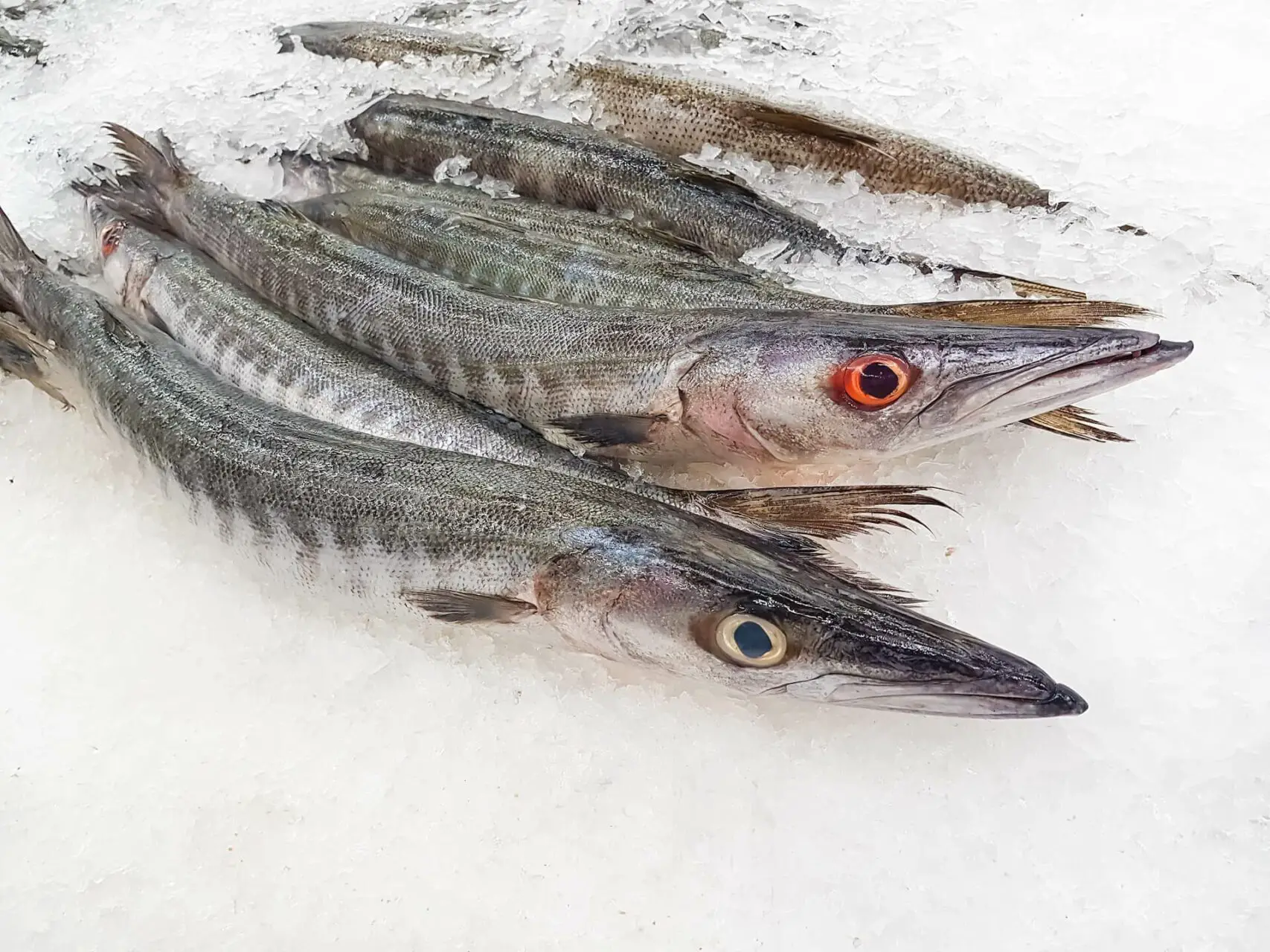

FAQs in Relation to Can You Eat Barracuda
What are the dangers of eating barracuda?
Barracuda are known to be toxic due to the presence of ciguatera toxin, which can cause various health issues if ingested. Symptoms of ciguatera poisoning can range from gastrointestinal distress to neurological disturbances. In severe cases neurological symptoms such as headaches, numbness or tingling in the extremities and difficulty with coordination have been reported. If you suspect that you have eaten barracuda it is important to seek medical attention immediately for proper diagnosis and treatment.
Can you eat a barracuda from Gulf of Mexico?
No, it is not recommended to eat barracuda from the Gulf of Mexico. The U.S. The FDA cautions against the consumption of any species of fish taken from the Gulf, as they may contain hazardous contaminants like mercury or other toxins. Additionally, barracudas are known for carrying ciguatera poisoning which causes gastrointestinal illness if consumed by humans. Therefore, it is best to avoid consuming barracuda from this region altogether.
How do you prepare barracuda to eat?
Barracuda can be a delicious meal when prepared properly. Start by scaling the fish and removing its entrails, then rinse it with cold water to remove any blood or slime. After patting dry, season the barracuda with lemon juice for at least 30 minutes before cooking to enhance its flavor. Grill, bake, fry or poach barracuda as desired; serve with your favorite sides for an enjoyable meal.
Is barracuda high in mercury?
Yes, barracuda are high in mercury. This is because they are a large predatory fish that consume other smaller fish which can contain high levels of mercury. Given the potential health risks associated with consuming barracuda, it is advisable to limit its consumption and check its mercury levels. Additionally, it is important to check the mercury levels of barracuda before consuming them.
Conclusion
In conclusion, Barracuda can be a delicious and healthy addition to your diet. While it is safe to eat raw in certain cases, we recommend cooking the fish for optimal safety. For those seeking ways to prepare Barracuda, there are numerous recipes available online which can help make this scrumptious fish even more enjoyable. Whether you decide to go with a traditional dish or something creative and unique, remember that when it comes down to “can you eat barracuda“, the answer is yes – but always ensure proper preparation before consuming any type of seafood.
If you’re looking for the best fishing tackle, lures and techniques to help you land that barracuda, look no further. Our comprehensive guide will provide all the information needed to make your recreational fishing experience a success!
